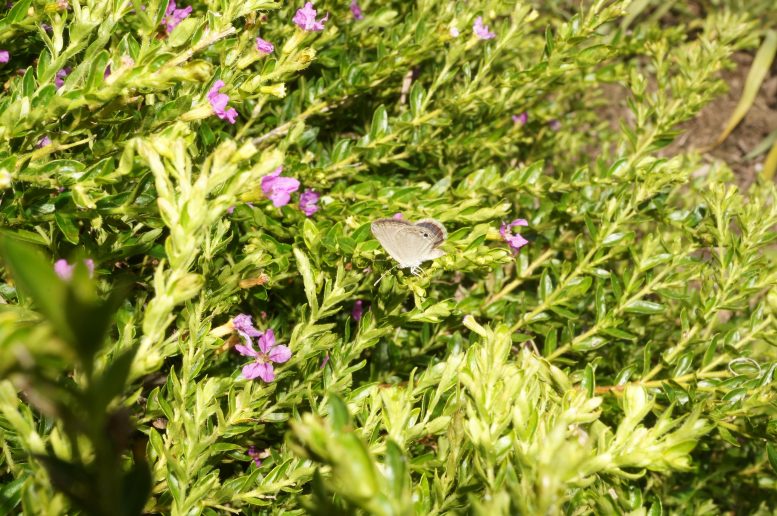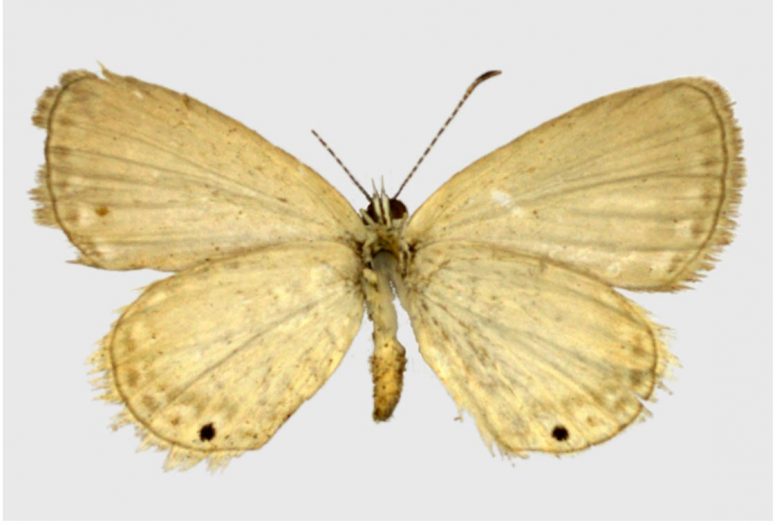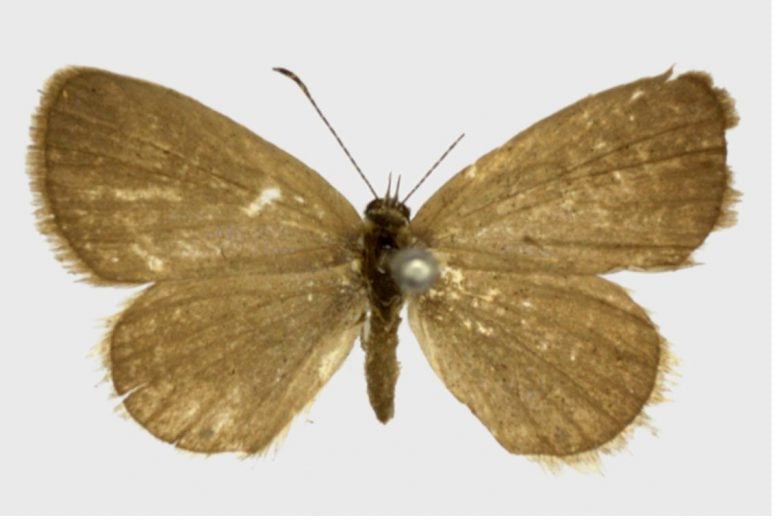
Described by the ‘father of zoogeography’ and co-author of the theories of evolution and natural selection, the species hasn’t been reexamined since 1866.
An over a century-long mystery has been surrounding the Taiwanese butterfly fauna ever since the “father of zoogeography” Alfred Russel Wallace, in collaboration with Frederic Moore, authored a landmark paper in 1866: the first to study the lepidopterans of the island.
Back then, in their study, Moore dealt with the moths portion and Wallace investigated the butterflies. Together, they reported 139 species, comprising 93 nocturnal and 46 diurnal species, respectively. Of the latter, five species were described as new to science. Even though the correct placements of four out of those five butterflies in question have been verified a number of times since 1886, one of those butterflies: Lycaena nisa, would never be re-examined until very recently.

In a modern-day research project on Taiwanese butterflies, scientists retrieved the original type specimen from the Wallace collection at The History Museum of London, UK. Having also examined historical specimens housed at the Taiwan Agricultural Research Institute, in addition to newly collected butterflies from Australia and Hong Kong, Dr. Yu-Feng Hsu of the National Taiwan Normal University finally resolved the identity of the mysterious Alfred Wallace’s butterfly: it is now going by the name Famegana nisa (comb. nov.), while two other species names (Lycaena alsulus and Zizeeria alsulus eggletoni) were proven to have been coined for the same butterfly after the original description by Wallace. Thereby, the latter two are both synonymized with Famegana nisa.

Despite having made entomologists scratch their heads for over a century, in the wild, the Wallace’s butterfly is good at standing out. As long as one knows what else lives in the open grassy habitats around, of course. Commonly known as ‘Grass Blue’, ‘Small Grass Blue’ or ‘Black-spotted Grass Blue’, the butterfly can be easily distinguished amongst the other local species by its uniformly grayish white undersides of the wings, combined with obscure submarginal bands and a single prominent black spot on the hindwing.
However, the species demonstrates high seasonal variability, meaning that individuals reared in the dry season have a reduced black spot, darker ground color on wing undersides, and more distinct submarginal bands in comparison to specimens from the wet season. This is why Dr. Yu-Feng Hsu notes that it’s perhaps unnecessary to split the species into subspecies even though there have been up to four already recognized.

Alfred Russel Wallace, a British naturalist, explorer, geographer, anthropologist, biologist and illustrator, was a contemporary of Charles Darwin, and also worked on the debates within evolutionary theory, including natural selection. He also authored the famed book Darwinism in 1889, which explained and defended natural selection.
While Darwin and Wallace did exchange ideas, often challenging each other’s conclusions, they worked out the idea of natural selection each on their own. In his part, Wallace insisted that there was indeed a strong reason why a certain species would evolve. Unlike Darwin, Wallace argued that rather than a random natural process, evolution was occurring to maintain a species’ fitness to the specificity of its environment. Wallace was also one of the first prominent scientists to voice concerns about the environmental impact of human activity.
Reference: “The identity of Alfred Wallace’s mysterious butterfly taxon Lycaena nisa solved: Famegana nisa comb. nov., a senior synonym of F. alsulus (Lepidoptera, Lycaenidae, Polyommatinae)” by Yu-Feng Hsu, 9 September 2020, ZooKeys.
DOI: 10.3897/zookeys.966.51921